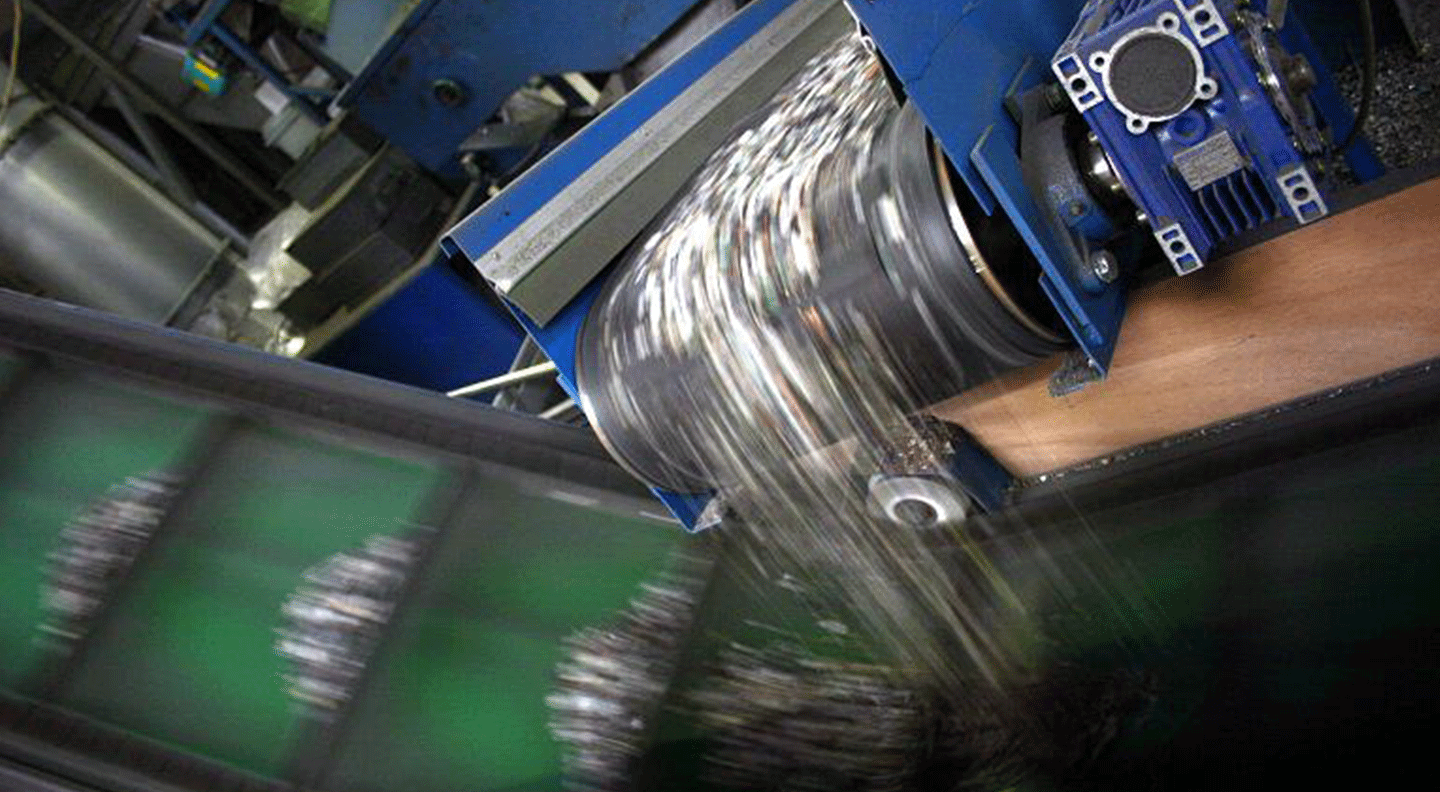How you can implement circular economy measures in your IT asset disposition (ITAD) and recycling programs to improve value recovery and make your business more sustainable.
We are living on a planet with finite resources and depleting those precious commodities quickly. As a result there is great momentum in the search for circular processes that move away from traditional linear usage models toward circular ones.
As Sims Recycling Solutions (SRS) celebrates 100 years in the recycling business it is important to reflect on this century of evolution. This innovation has taken us from humble beginnings as a small scrap recycler to a global, industry leading metals and recycling business. We have always focused on the future, therefore the circular economy is not new to SRS. With our experience at the forefront of raw materials recovery and circular reuse models, we are well positioned for what tomorrow will bring.
Traditionally, the lifecycle of product manufacturing has a “take, make and dispose” structure – with a beginning and an end. As we live on a planet with finite resources this is unsustainable and increasingly organizations are working to reduce their costs, risks and environmental impact of this linear lifecycle by moving towards a circular economy through reuse, repair, refurbishment, remanufacturing and recycling of their IT and electronic equipment.
How can you help close the circle? Together, we can collectively rethink our approach and look for opportunities to reuse products, components and recycled materials. We can identify end-of-life products, components and recycled materials, and feed them back into their appropriate value chains to enable their reuse.
SRS is evolving with the technology market to support our client’s implementation of new technologies and circular supply chain models. Those of us in the ITAD and recycling sector play an integral role in closing the loop on material flows to reduce our reliance on raw material. The way the circular economy works is to constantly seek out jewels within electronic waste streams.
Strong working partnerships drive innovation and collaboration, and create opportunities for disruption and innovation. ITAD service providers can offer the most value when they are involved earlier in the product lifecycle than they traditionally have been. If ITAD providers and recyclers collaborated more with manufacturers and suppliers they could guide materials selection, create designs that better cooperated with recycling technologies. This would result in the manufacturing of more environmentally sustainable products, and would ultimately help close the circle.
SRS facilitates Rethink Workshops with clients and partners to help them move along the “maturity curve” in closing the loop in their use of electronics. This workshop is intended to help clients “rethink” their programs, and address their sustainability goals.
Transitioning to a restorative, circular economy means concentrating resources on meaningful innovation. Truly circular models for the future rely on developing a framework that continually encourages innovation. We must rethink our business models and supply chains.
Now is the time to challenge conventional models of design, manufacturing, distribution and sourcing, and look for opportunities to commit to
– greener products,
– closing material loops, and
– preventing harm to the environment.
With new ideas and a fresh perspective levels of reuse and recycling can be increased, proactively supporting the circular economy.
Learn more about how we can rethink and improve our sustainability and circularity together.
